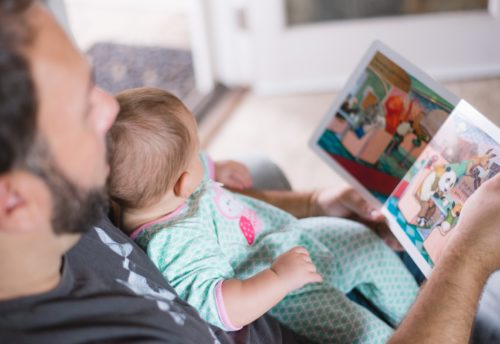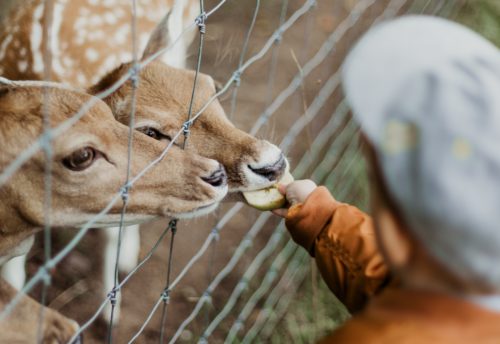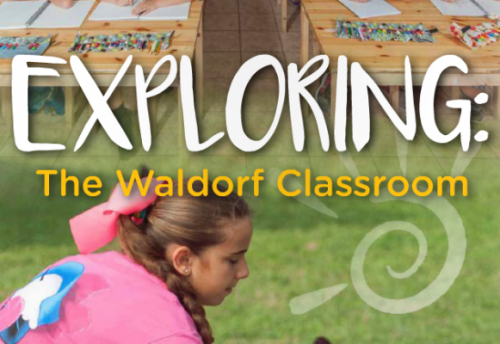
The Waldorf Way at Pace Academy
“Running Pace Academy is my vision,” said Robin Wilson-Clipson, principal of Pace Academy in Harlingen. “When I left the public school system, I left to create a place where children can learn, explore as children love to do, and have fun.”
When parents drop off their children every morning, they feel comfortable knowing their kids attend a school where they are learning alongside being treated with respect and dignity. Pace Academy teachers celebrate children for their individual beauty and do not require them to fit into a predetermined mold of what students “should” look like. This means advanced students are challenged and in turn grow immensely, and students who need extra help are not challenged in an unfair manner in order to keep a score.
There are similarities among Waldorf, Montessori, and Reggio educational styles, like the philosophy of utilizing everyday activities and free play for learning. But there are far fewer commonalities between Waldorf and public schools.
What makes the Waldorf curriculum different is the delivery. Pace Academy makes a special effort to deliver to children what they need at that particular time in their life. Each child is unique and comes with a different set of skills, likes, dislikes, and expectations from parents at home. Every single outside factor contributes to the type of learner they will become. Delivering information to children requires utilizing many different elements of teaching and Pace instructors use hands-on experience whenever they can. Tending to animals and growing a garden are just two examples of unorthodox methods of introducing academic skills that can be utilized in the real world.
The mission at Pace Academy is to make sure children understand and absorb information the way they need it. This is what makes this campus different and what turns students into lifelong learners.



